On 17 November a group of young creatives were joined by artists Ryan Boultbee and Hannah Fredsgaard-Jones to discuss how the arts might look in 2025, and how the changes might manifest in an international context.
It’s certainly a challenging task to visualise what anything could look like in five years; the conversation taking place In the midst of a pandemic, at a time when concerns over environmental impact are growing, and with Brexit looming as a continuing unknown. For the UK at least, it’s not unreasonable to question how international collaboration will look in any industry, let alone the creative sector.
Moving beyond the physical
It was widely agreed that technology was likely to play an increasingly important role in how people access the arts. Covid-19 has accelerated that transition, with artists, organisations and indeed audiences learning how to use technologies like Zoom or Virtual/Augmented Reality to create and participate in new cultural experiences.
In many ways, this was perhaps overdue, with some exhibitions being prime candidates for digitisation in an effort to make things both more accessible, and more sustainable. 2020 has demonstrated that cultural exhibitions and events can be held virtually, reducing the need to fly across the world to participate – both reducing the carbon footprint while simultaneously democratising the arts and allowing people of more backgrounds to participate.
As one young person said, “I’ve watched things that would never have previously been on my radar, and have had more engagement with things I would never previously considered.”
In that regard, it’s very possible we could see a surge in the international art scene, as people are no longer frozen out by cost, location or climate concern. The opportunities born out of an embracement of the internet is still being realised, but with creativity, we could see a whole new attitude and understanding of cultural exchange.
The digital disconnect
Yet, there was also an overwhelming sense that the increased digitisation of art was stripping out a certain je ne sais quoi, that electricity and buzz that only comes from attending a live event. Yes, you can see and do more over the internet, but as was so eloquently put by one attendee, “ everything has just become a version of TV”. Another lamented the lack of distinction between a work and leisure environment, stating that they “have engaged for less this year because I just can’t concentrate”. At its most extreme, one participant even questioned whether they were even that bothered about art.
What these feelings of apathy and fatigue – at least in part – stemmed from was that lack of physical presence and socialising. The creative sector is renowned for its sociability, with collaboration and partnerships being a core component. That loss of the personal connection, and that physical gathering, has somewhat sterilised the scene, and in the process removed one of the biggest perks of entering the industry.
That uncertainty, and that loss of connection has certainly had an impact on those considering entering the industry. Both Ryan and Hannah mentioned that emerging artists are struggling to do anything right now, and one commented that “there was a difference in feeling of achievement” when your work gets put in a gallery, compared to just being published online or in a magazine.
If the industry is to move to a more digital environment, it will have to wrestle with questions of scale and prestige. While the internet does enable far greater reach, it lacks the impact of a physical event. The Tate, for instance, is limited to one physical location, but to be selected to showcase your work there, to be picked from the thousands of other competing artists to adorn that limited space, is a validation that can’t be replicated digitally. The internet is infinite – but that dilutes the weight of your achievement.
As mentioned at the start, it wouldn’t be a forward-looking discussion without mentioning Brexit, and it’s here that there was consensus. The uncertainty it has cast upon the industry – and the country – has already had a negative impact on the creative sector, and without a good deal, it was only likely to further complicate things. Will artists need visas to tour? How will tax on merchandise work? Even things like the streaming rights and artist remuneration have question marks over them. The feeling was best summarised by one participant:
“There isn’t really an answer… we need to acknowledge that [the UK’s] standing is going to change, and the impact we have internationally will change.”
Of the 10people in attendance, half were feeling optimistic about the future for the arts, perhaps an impressive feat given the wide-range of adversities the industry faces. Yet, perhaps we shouldn’t be surprised, given the resilience and grit that creatives have to demonstrate every day. Just as the event was coming to an end, one person delivered a statement which perhaps best demonstrated why we shouldn’t immediately write the arts off:
“The arts world are a group of amazing people who make things happen.”

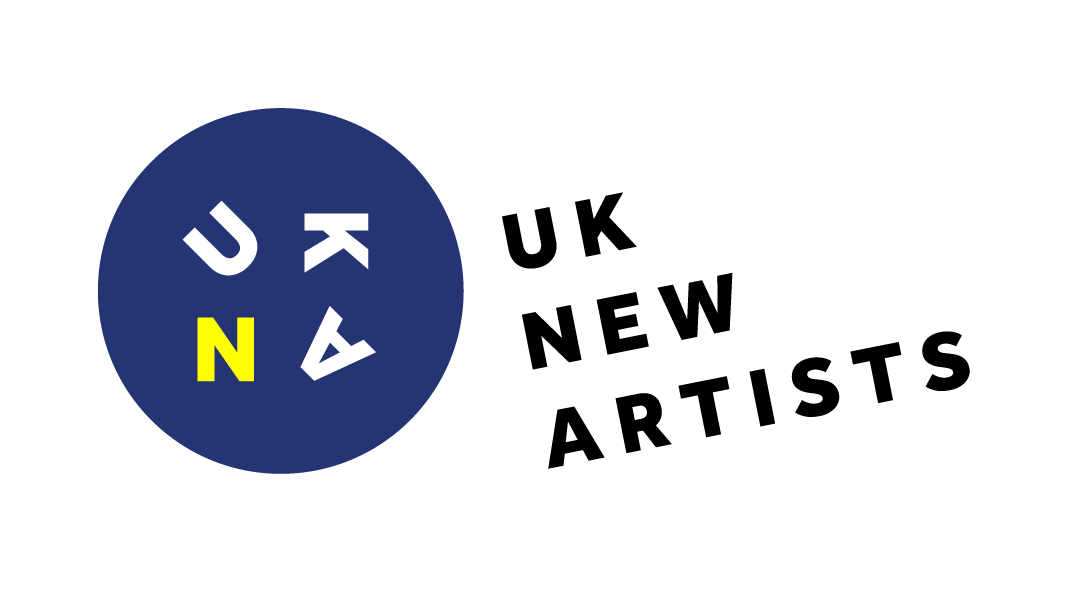

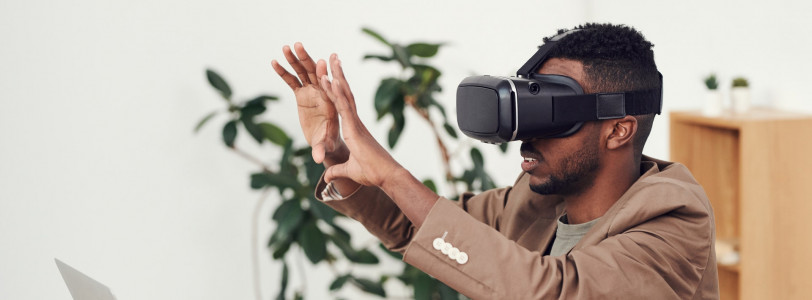
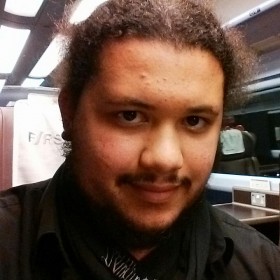
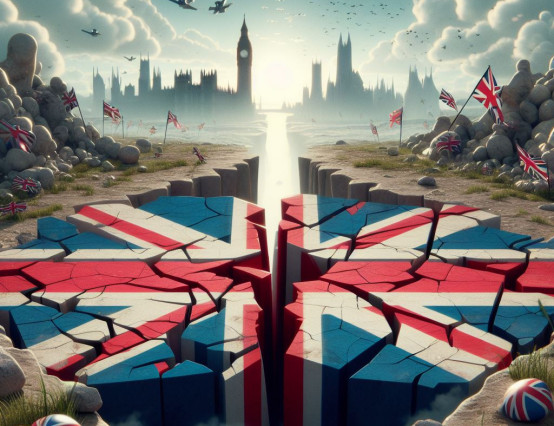
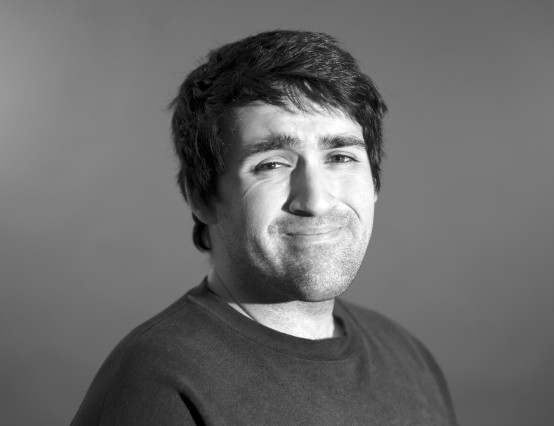
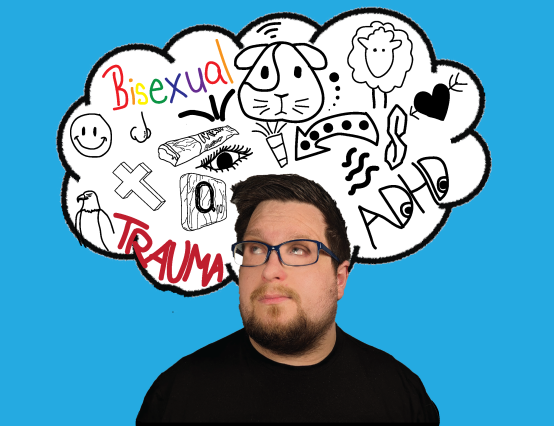


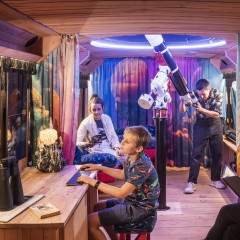
0 Comments